As our Exceptional Fine Frames sale opens for preview, we share the picks from two specialists, and provide you with our top tips for choosing and inspecting a frame. We hope you enjoy the online catalogue, preview and sale, which takes place on Wednesday 9 February at 2pm. Happy bidding!
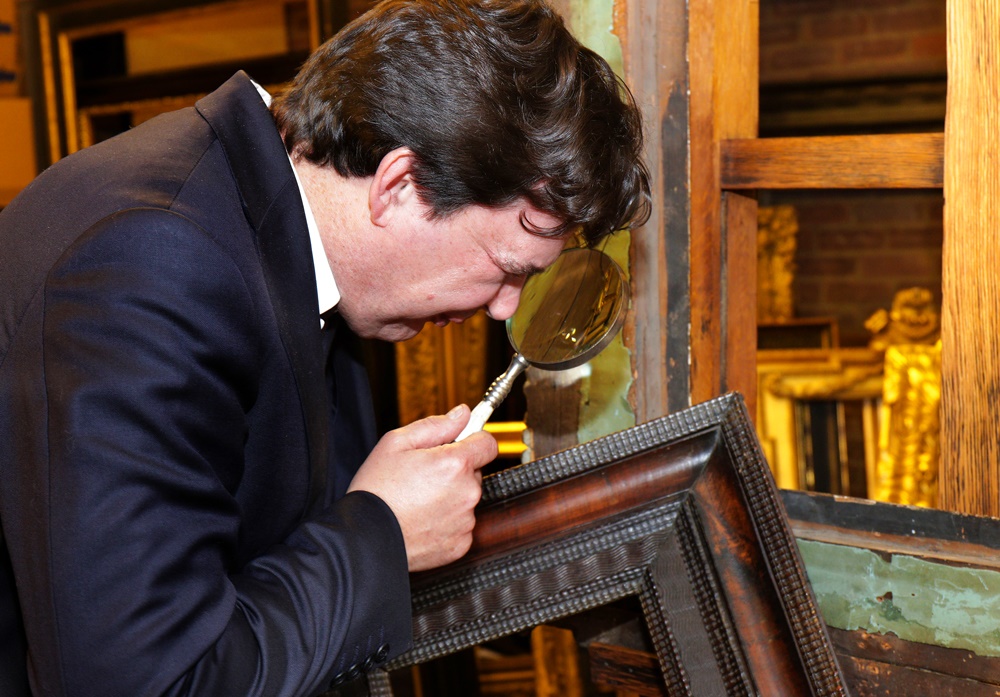
HEAD OF SALE LUKE PRICE
The marriage of a frame to the picture is a pleasure, particularly with such a variety of fine examples available in our sale.
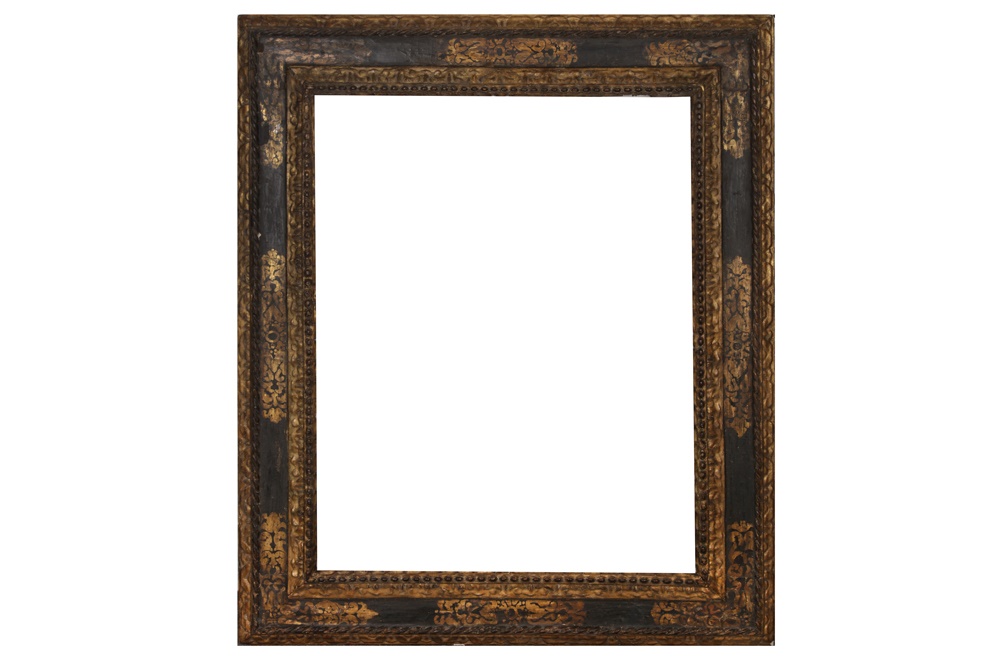
Lot 235 (estimate £6,000 - £8,000) – Lower left: this Cassetta ("Little Box") Italian frame has afforded gravitas to the works contained within it across five centuries. Its refined glory and unique decoration with sgraffito, to the corners and centres, an effective, delicate and beautiful process. Varying across the regions and originally derived from the architectural tabernacle frame, paintings by Giovanni Bellini to Pablo Picasso have all been surrounded by this frame’s splendour. This lot is a favourite of mine, and is one of the finest examples.

Lot 237 (estimate £3,500 - £5,000) Upper Right: The Bolognese framers evolved a naturalistic style of carving. They can be considered works of art and sculptures in their own right and showcase the artistry of the master carvers. Created to reflect the wealth and status of the artist and patron, this Lot is a fine example and represents the taste for such bold carving and makes this example my guilty pleasure, truly a statement piece.
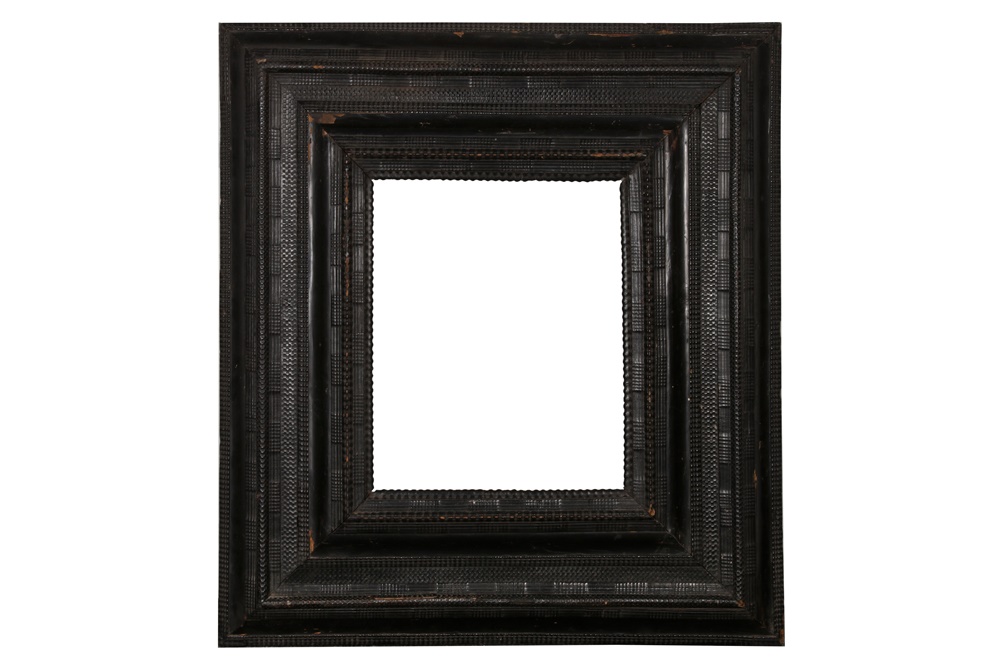
Lot 202 (estimate £4,000 to £6,000) Upper Left: This North Italian 17th Frame is in complete contrast to the above! Complementing any painting it holds, the dark ebonised ripple, wave and basketweave mouldings make light literally ripple and dance across the sections of the frame. This Lot Is without a doubt one of the finest of its type, particularly on this scale.
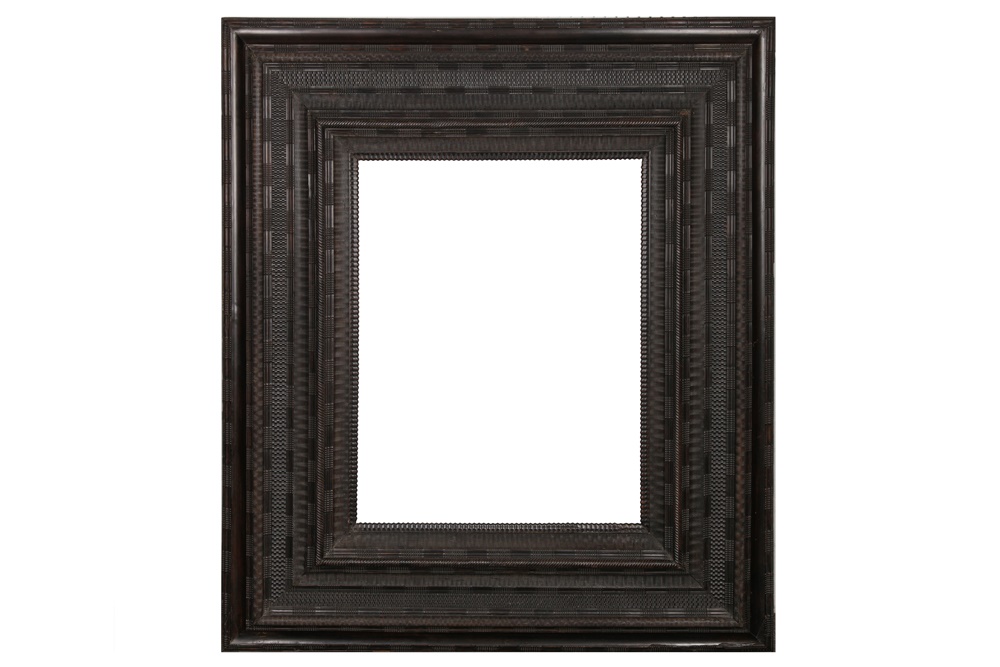
Lot 207 (estimate £5,000 to £7,000) Lower Right: This North Italian 17th Century “a Saltarello” Ebonised Pearwood Combination Profile Ripple Frame, with its the intricate ripple and wave mouldings reveals a textural nature to the carving, and this is further reflected in the natural beauty of the wood The frame has an impressive presence, just as commanding as its boldly carved and gilded counterparts of the same period. A masterpiece.

HEAD OF OLD MASTER PAINTINGS AND WORKS ON PAPER, DR ALBERT GODETZKY
The nineteenth century witnessed an explosion of creativity in frame design and Lot 255 (estimate £800 - £1,200) is a perfect example. Part frame, part furniture - even part architecture - this Russian-made frame features elegantly restrained classical motifs such as the egg-and-dart border along its outer edge, and is further embellished with brass garlands and rosettes applied to the corners and centres. As such, it is possible to imagine this frame was crafted to harmoniously bridge the early nineteenth-century interior in which it would have been placed and the painting with which it would have been paired.
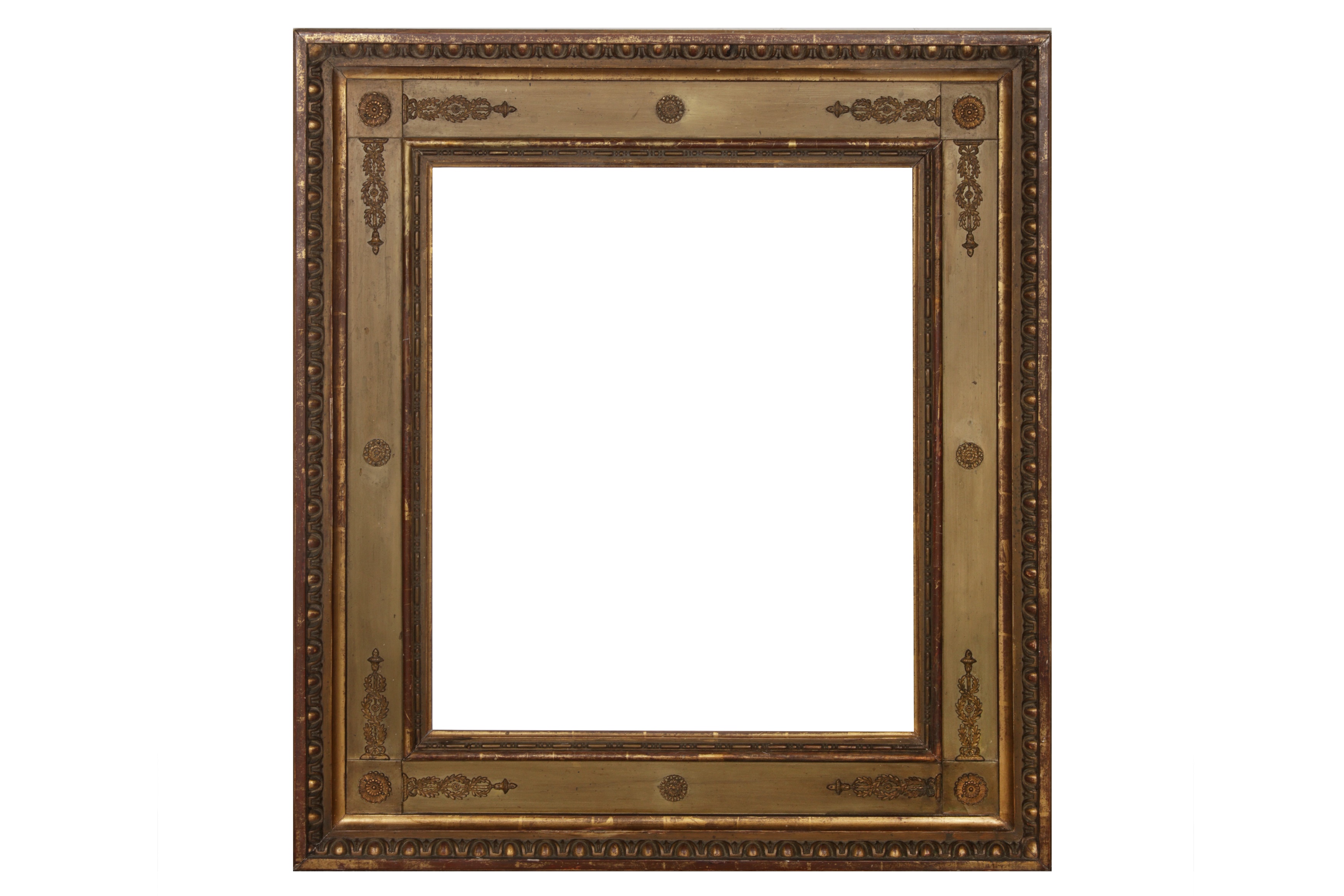
Our top tips for choosing and inspecting antique picture frames
Our sale offers a wide range of choices, from 16th century Venetian to 20th century British. How to choose your frame? Here are some of the factors we suggest you should take into account:
- What is the purpose of the frame? For example, is the frame being repurposed as part of an interior design scheme for your home? As Paul Fox, Head of Interiors, has suggested, a frame can act as a decorative item of its own accord. It might frame another painting that is already framed (or not), it might frame a piece of wall sculpture, a mirror, or even the peep-hole in your front door, such as in a well-known New York apartment from a 1990s sitcom.
Is the frame going to frame a painting for yourself? If that is the case, you may or may not wish to follow any rules regarding what might be considered historically correct. If you are a dealer, intending to frame a painting and then sell it on, historical accuracy might be more important.
All frames must protect and conserve the painting, and allow the artwork to be portable.
- Historical accuracy can be complex! Don’t be too restrictive or emphatic in your thinking. We would encourage some creativity and fluidity in your approach to framing your painting. It can be greatly enhanced by placing it in a frame that comes from a different period; the French impressionists, for example, painting in the late 19th century, favoured the more ornamental frames from a century earlier. Many of the world’s major museums are reframing paintings in their collections, recognising that the vast majority have long been separated from their original surroundings, and that over the years frame choice has been determined more by the whims of different Directors and curators. In addition, who is to say that the original frame was the one that the artist or patron really wanted? It might simply have been the most affordable!
- The frame should complement and enhance the style of the artwork. Professionally, people talk about works of art that are ‘overframed’ or ‘underframed’. Obviously, the size of the painting is important relative to the frame, and a frame can be too big or too small for the artwork. But you should also think about the subject matter. A very ornamental French gilded frame would overwhelm a subject that is delicate, muted and quiet. In addition, the patina of the frame can be used to complement and accentuate colours in the painting. Interior decorators often use colours as accents in room design. You may wish to accentuate a warm colour in an otherwise ‘cool colour’ painting by choosing a frame that has warm colour tones.
How to inspect a frame
If you are studying our online catalogue or, indeed, planning on visiting our Chiswick Headquarters during the preview on Saturday 5 February, Monday 7 February or Tuesday 8 February, what’s the best way of studying the frames you are interested in?
- Turn it around! We have provided photographs of the back of the frames in the online catalogue. If you are here in person, a member of staff can assist you if you wish to make a closer physical inspection. Inspecting the back of the frame will reveal many secrets. Look for signs of age – warping, evidence of woodworm, later repairs, original hard ware – as well as the joints which reveal how the frame was constructed. Our specialists can advise on what you see.
- Use of ‘composition’. Composition or ‘compo’ (a sort of plaster made with chalk, glue and linseed oil) was much more widely used from the 19th century. As it dries out, it will often show cracking, and you can see the plaster beneath the surface.
- Gilding. Frames are gilded using small 22-carat sheets which are laid by hand. Sometimes you can see the overlap of the sheets. Look for the sheen of the gold: substitutes such as bronze paint will reveal themselves via the visibility of brushstrokes, and will look much more brown than gold. Similarly, cheaper metal leaf develops an orange hue over time.
- Ask our specialist, Luke Price, who will be present throughout the preview dates.



